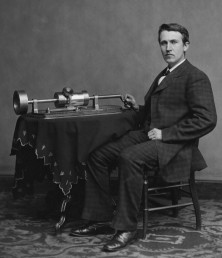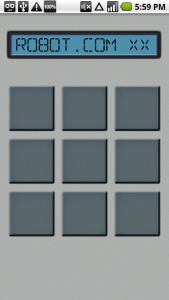If you’ve managed to hack around the various issues that AudioTrack has, then you are probably enjoying its benefits, such as low latency (in the STATIC mode), ability to generate audio on the fly (in the STREAM mode) and the wonderful ability to access and modify raw sound data before you play it.
However, the problem now is getting that data from a source. Many applications that need to use AudioTrack do not generate PCM audio from scratch (an example of an app that does that would be Ethereal Dialpad and other similar apps). You will probably encounter the need to load and use existing audio samples from file sources such as WAV or MP3 files.
Don’t expect to be able to use MediaPlayer facilities to decode raw audio from WAVs and MP3s. Although MediaPlayer can play those files pretty well, its logic is almost entirely contained in the native layer and there is no option for us to plug in and use the decoders for our own purposes. Thus, we have to decode PCM from audio files manually.
In this article I will cover WAV files and in the next one we will get advanced and read audio from MP3s.
(more…)



